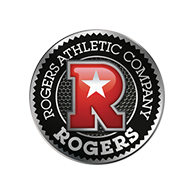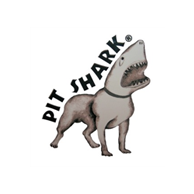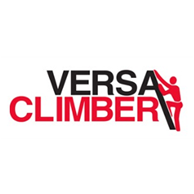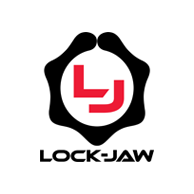As the popularity of the strength and conditioning field continues to grow and become an important part of the year round sport cycle, we are seeing more young athletes walk through our door trying to get an edge on their competition. Since many of our younger athletes are still growing, we like to avoid exercises that may cause excessive amounts of spinal load. One of exercise that has been programmed for training the posterior chain is the deadlift or RDL; however, as an exercise that is loading the spine, it has limited use with some of our younger, or injured, athletic populations. This is one of the many ways the Reverse Glute Ham by Rogers Athletic fits into our programming.
The Reverse Glute Ham enables our athletes to train their posterior chain in a unique way. The design of the Reverse Glute Ham enables the athlete to be secured with a seatbelt. The athlete then places the back of their knees on the pad in the front of the machine. The athlete then pulls their heels to the ground, and unlocks the machine to begin a variety of exercises. This simplistic, yet utilitarian design is versatile since the athlete can perform several types of repetitions. There are three main types of reps we use, all with unilateral and bilateral variations.
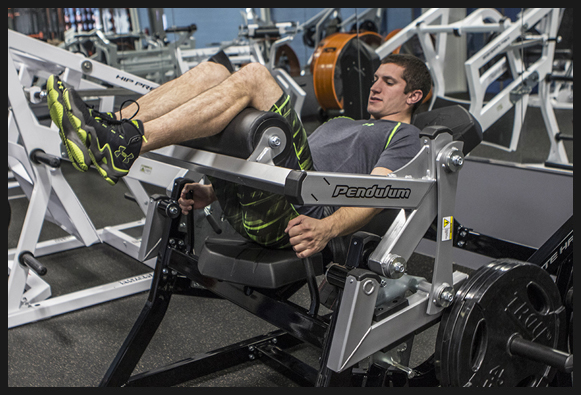

Bent Knee
The bent knee repetition on the Reverse Glute Ham is similar to a weighted glute bridge. The athlete is performing the same motion but due to the upper body being in a fixed position, can only drive from the hips down. This places almost all of the tension on the glute and hamstrings, while slightly minimizing the use of the lower back. This is also a good alternative for our athletes with nagging back pains, or even structural issues like scoliosis.
Straight Leg
The straight leg repetition on the Reverse Glute Ham is similar to an RDL. The athlete is performing the same motion as the knee bent repetition but their legs should be straight throughout the entire process of the rep. Altering the rep in this manner really emphasizes the role of the low back, and minimizes some of the tension on the hamstring. Generally, an athlete will be stronger performing straight leg repetitions than they would bent knee repetitions.
Leg Drivers
The leg drivers on the Reverse Glute Ham have a strength curve that is most similar to a normal deadlift. The leg drivers require the athlete to start the repetition with their knees bent, and then drive their heels down and out, fully extending the hips and knees. Out of each style of repetition described the leg drives allow the athlete to place the most amount of weight on the machine.
Unilateral Variations
All of the above variations can be performed unilaterally. We recommend keeping the non-working leg close to the chest of the athlete throughout the entire repetition. Using these exercises unilaterally is a great way to address strength imbalances that athletes may have, something a traditional barbell deadlift or RDL may struggle to do.
The Reverse Glute Ham gives athletes a unique tool to strengthen their posterior chain. This area can be troublesome for some populations but the Rogers Athletic Reverse Glute Ham has been a game changer for our programming at SMARTER Team Training.
The Rogers Athletic Reverse Glute Ham is manufactured by Rogers Athletic. Discover other training equipment on their profile page.
Find out more about our other equipment
Coach Taylor’s go to exercise…
“With trainees that have a high strength to bodyweight ratio, training unilaterally on the Rogers Athletic Reverse Glute Ham is the way to go in my opinion. One leg to fatigue, then the other leg to fatigue, back to the first leg for at least half the number of reps, and finish the set by repeating this expectation on the second leg will have you reconsidering how you train your hamstrings, glutes, and low back.”– Rob Taylor, Jr., Founder and Owner of SMARTER Team Training
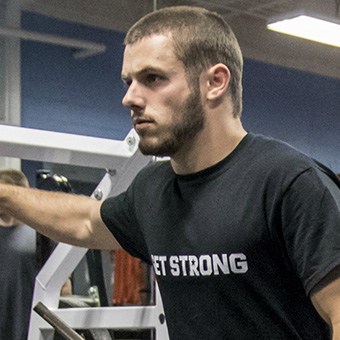
Alex keeps it creative with…
“The Reverse Glute Ham is the ultimate tool to train the posterior chain while truly minimizing risk of injuring the back. I use it almost exclusively as a first choice over deadlifts, RDLs, etc. Similar to the 3-Way Row, I like to apply the 3 ways to 20 protocol on the Reverse Glute Ham. First, the athlete will complete reps to failure with bent legs (generally about 10-12) right into straight leg reps (like 4-5) and then finish with leg drivers, which start with bent knees and end with straight. Again, the rep goal is 20, and if they exceed that, the weight can increase next time.” – Alex Walsh, Performance Coach
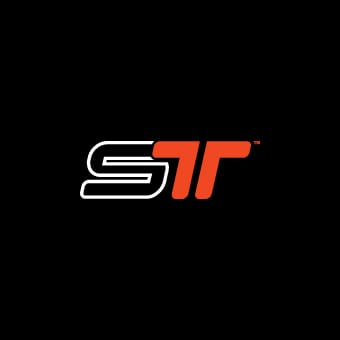
This is a great protocol for the posterior chain…
“The Reverse Glute Ham is my favorite lower body piece because of its versatility to strengthen the posterior chain with exercises that reduce spinal compression. My favorite exercise is the leg drivers because it essentially simulates a deadlift action and strengthens the hamstrings and glutes. There are many good protocols to use for this piece of equipment but if I had to choose, I would go with the ‘2 to 1’ eccentric protocol. The client starts in a bent knee position and pushes the weight out to a fully extended straight leg position. Bring one leg back while holding the pad out with the opposite leg and control the leg back for 6-8 seconds. Repeat the action for 6-8 reps and switch legs. Combine this protocol with the Pit Shark Split Squat to overload the hamstrings eccentrically.” – Ade Parkes, Performance Coach
UPCOMING EVENTS
SIGN UP FOR THE STT NEWSLETTER
STT SPONSORS
GIVE US A CALL AT (410) 929-0788
OR SEND US A MESSAGE BY FILLING OUT THE FORM BELOW
 (410) 929-0788
(410) 929-0788






